Enhance
Enhance GX-H2: simplicity in its purest form
Aprox. 24€ - see price -
The Enhance GX-H2 is a gaming headset without big pretensions and really cheap (less than 20 €). In the absence of a manufacturer's site - this helmet is only presented to web marketers - we had no idea of the experience that awaited us.
Our review
Ergonomics
With its entirely plastic chassis, the GX-H2 does not try to impress. Even if it is not in finesse, it does not look ultra-robust and sounds very hollow. The assembly marks are clearly visible. The arch rests mainly on flexible plastic plates. As you can see, you must therefore pay special attention to it, especially since it is not very flexible. The only real advantage is that it is light, with its 200 g on the scale.
In terms of comfort, it's not too much joy either. The headband and the ear cups are covered with a very plastic touch leatherette, unpleasant and especially with very little foam. The pressure points are poorly distributed and focus too much on the jaw; it therefore seems that the GX-H2 rests directly on the head instead of marrying it and resting gently on it. The low deployment of the notched arch does not help matters for large heads. The lower part of the arch rests more intensely on the top of the head and this area becomes painful after a few tens of minutes. It is only suitable for head sizes between 33 and 40 cm (measured from ear to ear through the top of the head).
The cable (2.5 m) is a little more reassuring with its fairly robust braided rope. However, the control attached to it is of the same ilk as the headphones and the cable is not removable. The control offers the usual volume controls via a thumb wheel (which acts as a continuous potentiometer) and a microphone switch. The GX-H2 cable ends with a double 3.5 mm mini-jack (microphone input + headphone output). No connection is proposed for the combo input / output of console joysticks or laptops. The GX-H2 does not come with any configuration software.
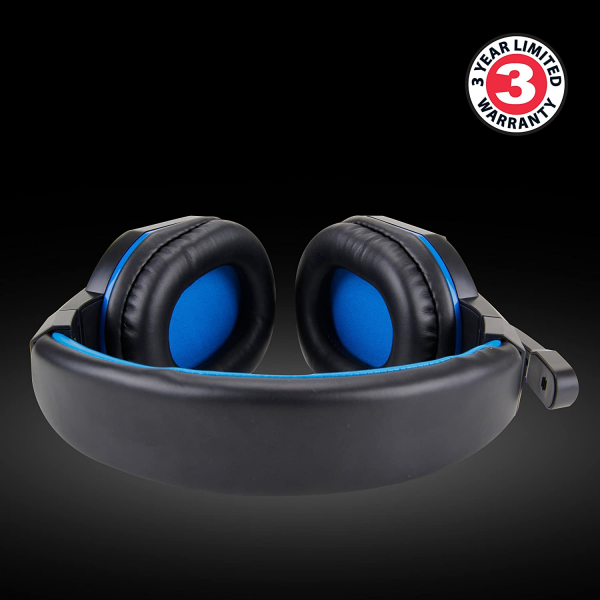
Audio
The sound of the Enhance GX-H2 could have been a good surprise if it was not as dull and if the passive sound insulation was not as low.
If we omit the lack of depth in the lowest frequencies, the reproduction offered by the GX-H2 is particularly balanced up to 2 kHz. The bass correctly holds its place in the sound scene and is a minimum impactful and precise. The voices benefit from a very slight boost towards 1 kHz which allows them to be correctly perceived, but nothing more. A large majority of the higher frequencies subsequently collapse, which generates a cavernous perception of most sources. It is therefore difficult to appreciate the distances and the depth in the sound scene as all the sources seem distant and confined. At least, there is no risk of being bothered by possible sibilance ...
Passive isolation also spoils the listening experience and therefore the feeling of immersion. We will not say that it is non-existent, but almost. If you play in a noisy environment, your listening experience will be greatly disrupted.
The Enhance GX-H2 is not particularly sensitive, but it can be powered without too many problems by the vast majority of PC headphone outputs. The distortion is discrete - do not trust the results of the graph up to 50 Hz, it is an artifact related to the measure.
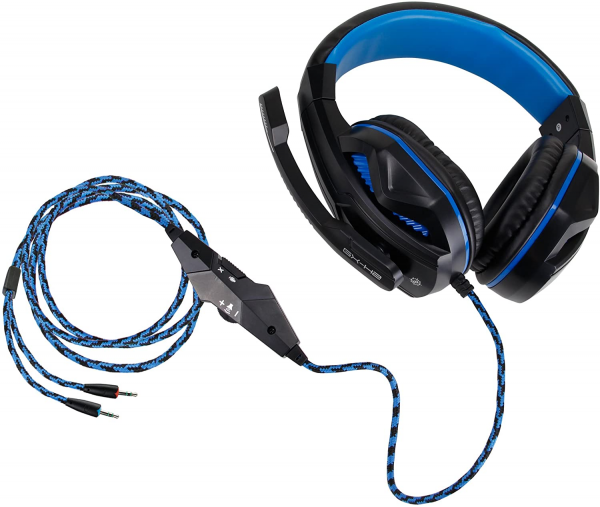
Microphone
The GX-H2 has a rigid microphone which cannot be removed. Its adjustment works by a notch system. The quality of capture of this microphone is a bit like the sound rendering.
The voice is correctly captured and remains very clear to our interlocutors in most circumstances. The background noise remains fairly low even with a high level of capture. However, you will need to apply a boost to your PC ranging from +10 dB if you speak loudly or to +20 dB if you speak softly; unfortunately there is no half measure.
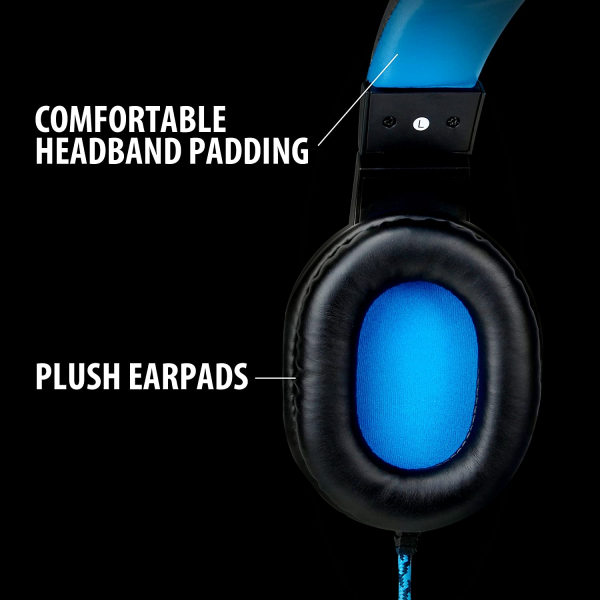
Conclusion
L'Enhance is offered at an ultra-aggressive price, but that doesn't excuse everything. It misses the two essential points of comfort and quality of listening; essential when you spend many hours playing. In the end, only the microphone really does its job and this is clearly not enough.
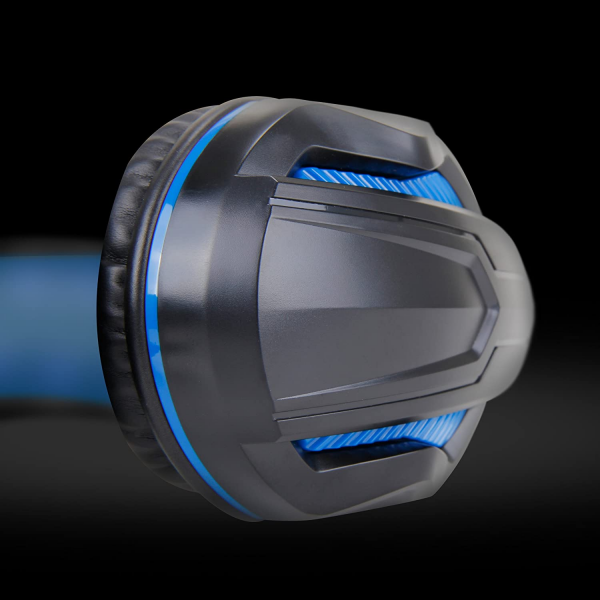
Reviews

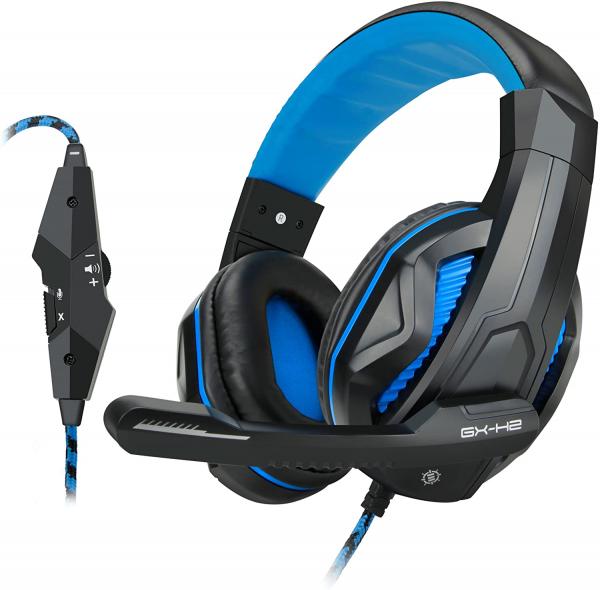
Decent for the price
I have bought these headphones twice now, the first time they were impeccable for their price and lasted for about six months before the cord started experiencing problems. The second pair I bought sounds a bit muffled, and claimed it came with a free warranty but did not actually. Overall I would say its a bit of a gamble, but these are decent enough.
Look to better quality item
The headphones were purchased to be used in school with school PC not as gaming and ear piece came off head set and is not useable, not working. Had purchased a square trade warranty and apparently the defect is not covered. Save your money and purchase something of better quality that will not fall apart.
Okay but not super great
Its, okay does its intended functionality but the really bulky and has lots unnecessary cheap plastic on it. Definitely not professional gaming head phones.
Unfortunate.
Not sure how. But the headphones doesn't work anymore unless you fiddle with the wire near the piece. Bummer. Was hoping to last long for 2-3 years.
they are comfortable as needed
mixed review to be honest, they are comfortable as needed, but can not get them to work, I will hear sound but no mic is working, if you can help me figure that out, that would be great
Its a good headset for the price
Its a good headset for the price. When playing games with the mic and audio both plugged in it does cause a problem for everyone else as it does seem to transmit some of the sound you hear in the headphones through the mic to other players, albeit very faintly. Otherwise for the price it is good.